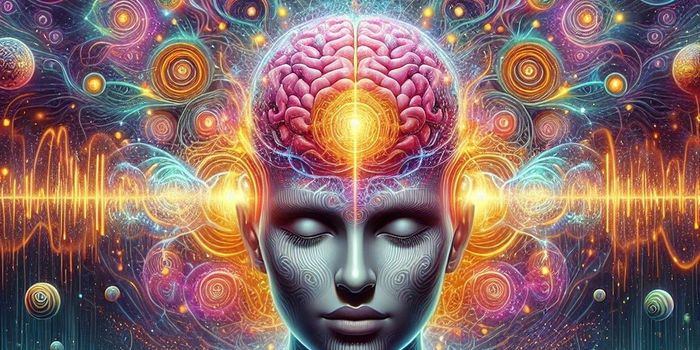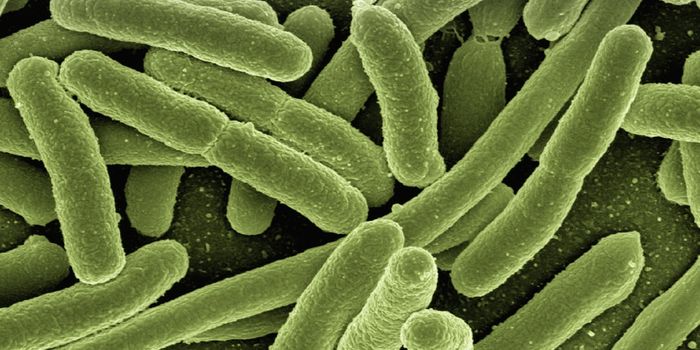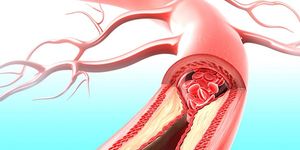A research team led by Karina Xavier, PhD, at the Instituto Gulbenkian de Ciência (IGC), Portugal has shown that bacteria living in the intestine both talk and listen to each other. Using small molecules in place of words, these microbial conversations changed the numbers of certain species of bacteria in the gut and started to restore the huge damage caused by lasting antibiotic treatment.
These findings, to be published in the next issue of the scientific journal Cell Reports and highlighted on the journal's cover, show the potential to be gained from using bacteria's own language to communicate with, control and exploit the multitude of microbes that live inside of the human gut.

Bacteria were long seen as predominantly harmful organisms, responsible for many illnesses across the world, a picture that's has been changing over the last 10 years.
Scientists are now reporting many beneficial characteristics of certain bacterial species, in particular, in the intestine. These microbes can be seen as tiny lodgers in the gut, helping the body to get the most out of ingested food and protecting from opportunistic invaders that cause disease. "When we lose some of these lodgers: by taking antibiotics or changing our diet, for example, the resulting imbalance in the community of bacteria can leave us at risk of infection, inflammatory bowel disease, obesity, or cancer," Xavier says.
One way bacteria can interact is through a sort of chemical language. Bacteria can produce and interchange small molecules (autoinducers). Detection by other bacteria enables these microbes to synchronously regulate behaviors in the community (quorum sensing).
Many of these signals are specific to individual species of bacteria, but the production of and response to one molecule, Autoinducer-2 (AI-2) can be seen throughout the bacterial kingdom. As this signal, AI-2, can foster inter-species bacterial communication and enable bacteria to modify behaviors, the research team led by Xavier investigated the role of AI-2 as a language to communicate between bacteria in the mammalian gut.
"We know that bacteria can interact with each other in our test tubes in the lab," says Jessica Thompson, PhD, one of the first co-workers in this study, "the big question was if it would happen inside the body, and what these conversations might mean for us, the bacteria's hosts."
Using the laboratory mouse as a model organism, the researchers were able to confirm that AI-2 is produced and sensed by Escherichia coli (E. coli) bacteria in the gut.
Next, the researchers addressed whether this molecule could influence the composition of bacterial species in the gut after antibiotic treatment. The vast majority of bacterial species present in the mouse gut belong to two main groups -- Bacteroidetes and Firmicutes. The researchers observed that upon treatment with streptomycin, a powerful antibiotic known to cause imbalances in the gut bacterial community, the diversity of species decreased substantially, and almost all of the species that remained after the treatment belonged to the Bacteroidetes group.
Remarkably, this community imbalance was reduced when mice were fed E. coli that could produce large amounts of AI-2.
These findings suggest that native bacterial signals might provide useful tools to restore or protect our beneficial bacteria from damage inflicted by antibiotics. For PhD student Ana Rita Oliveira, also co-first author of this study, "these results showed that bacteria chit-chat, using AI-2 as a language, was able to modulate the composition of gut bacteria. This is the first time that bacterial communication has been shown to have an impact upon the balance of species in the gut microbiota."
"This works shows that by manipulating bacteria's chemical language we can manipulate the composition of the gut microbial community," Xavier says. "Particularly exciting was the finding that increasing the universal bacterial signal AI-2 favored a group of bacteria, which we know is essential for protecting the host from many infectious and inflammatory agents."
Xavier expects that by further understanding the mechanisms involved, "we will be able to design strategies to ameliorate the effect of antibiotics against the "good bacteria" and use them to fight disease."
[Source: IGC]









